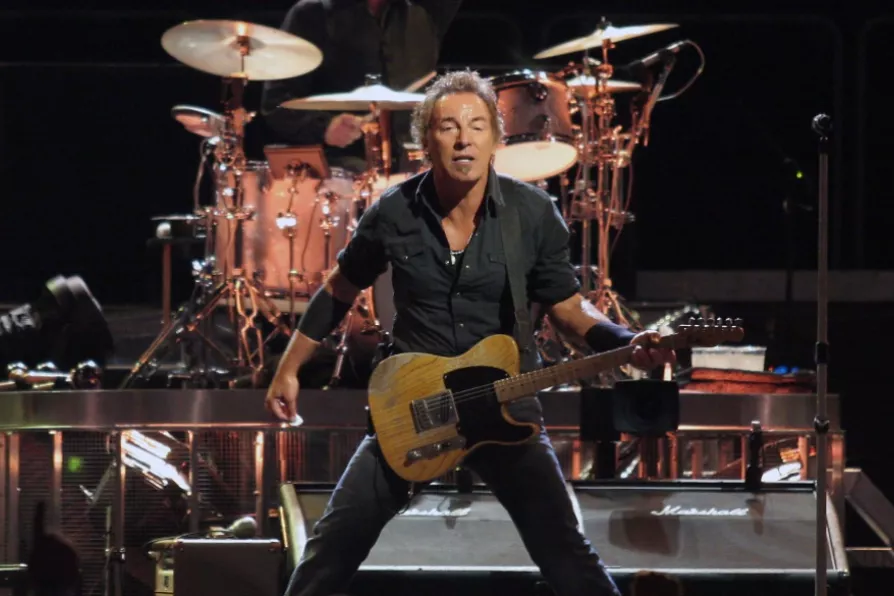The book feels like a writer working within his limits and not breaking any new ground, believes KEN COCKBURN
Compelling complexities and contradictions of Bruce Springsteen
ANDY HEDGECOCK recommends a book with some revelatory insights into the work of the rock legend

 Bruce Springsteen
[Craig O'Neil/Creative Commons]
Bruce Springsteen
[Craig O'Neil/Creative Commons]
Bruce Springsteen: Like a Killer in the Sun (Selected Lyrics, 1972-2017)
by Leonardo Colombati
(Backbeat Books, £26)
WEIGHING in at a mighty 600 pages this is an unorthodox biography of Bruce Springsteen, related through song lyrics, critical commentaries, timelines, catalogues and lists.
The underpinning scholarship is impressive, as is Leonardo Colombati’s knack for linking events to developments in musical storytelling, and considerable credit for the book’s lively and accessible style should go to its translator Francesca Bolza.
Similar stories

This is poetry in paint, spectacular but never spectacle for its own sake, writes JAN WOOLF

ANDY HEDGECOCK relishes two exhibitions that blur the boundaries between art and community engagement

JAN WOOLF wallows in the historical mulch of post WW2 West Germany, and the resistant, challenging sense made of it by Anselm Kiefer

Two new releases from Burkina Faso and Niger, one from French-based Afro Latin The Bongo Hop, and rare Mexican bootlegs










